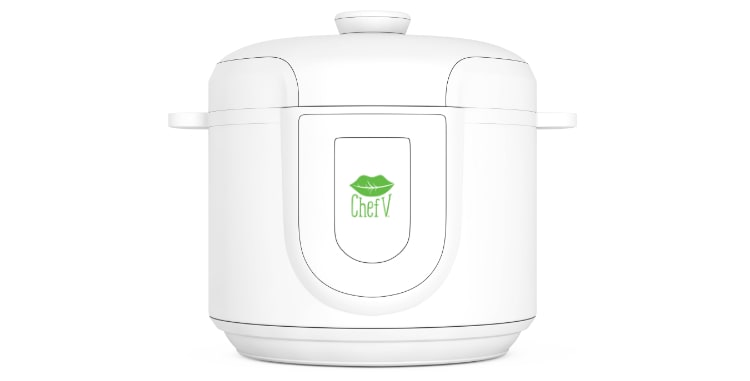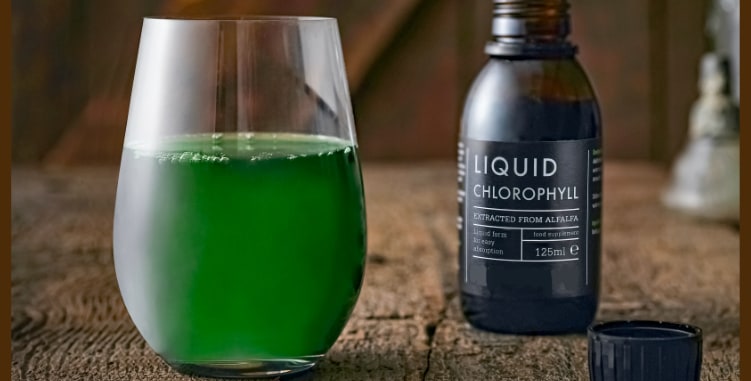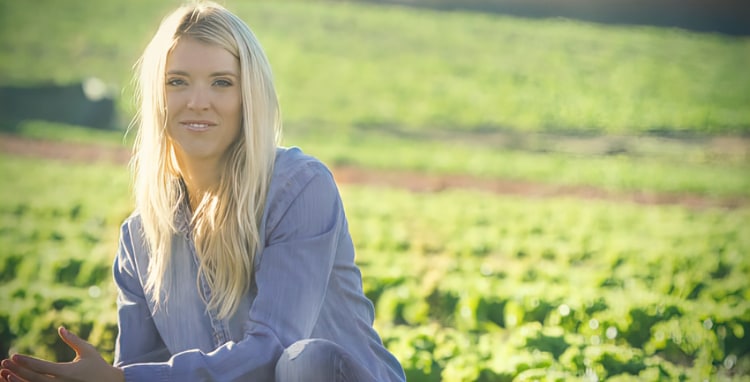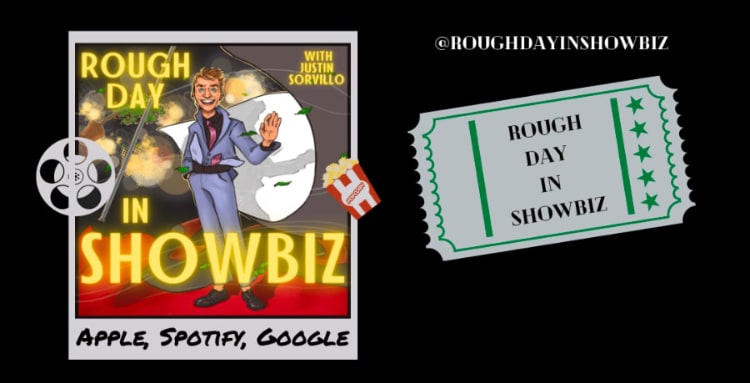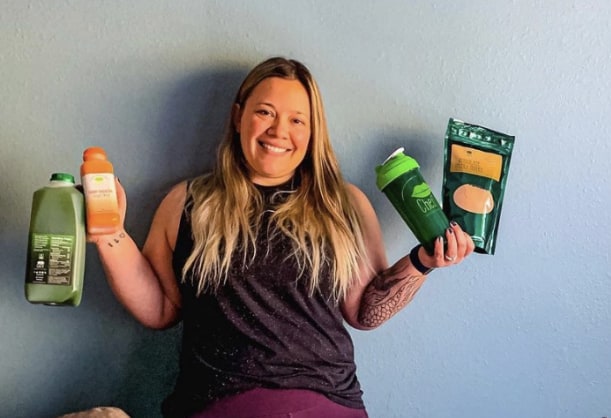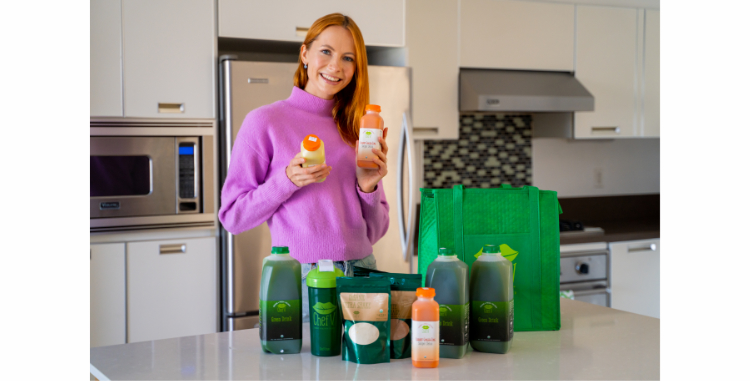
Eat Happy – If you’re feeling down or your emotions are fluctuating more wildly than usual, here’s why this fall is going to be different for you.
From this day forward, I want you to consider every morsel of food that you put into your mouth. And ask yourself if this particular food or drink is going to contribute to a more happy you and help to stabilize your mood. Or on the flip side, is what you’re about to consume going to exacerbate your blue mood.

Eat Happy – Kick Start Your Feel-Good Neurotransmitters
With this in mind, keep this article handy. Print it out. Make copies and place it one on your fridge. Keep a copy in your car so when you go food shopping, you’ll know exactly which foods to buy for a better mood.
Not to get all sciency here, but a tad of human physiology is necessary to explain how food can make you happy.
And it all has to do with neurotransmitters. You’ve probably heard of that term but maybe you’re not exactly sure what they are and what they do.
Here’s the bottom line: they are chemicals that relay messages from one part of the brain to another, and even to distant areas of your body.
Clear communication is vital for business, resolving family disputes and connecting with friends around the world on your laptop or phone. And it’s also critical for a healthy mood, good quality sleep and other important things in which neurotransmitters play critical roles.

Best Foods For Serotonin
Serotonin is one of the most well-known neurotransmitters. It’s one of the most important feel-good chemicals in your body. And it’s not just found in your brain; receptors for it are mostly found in the gut … another reason gut health is so important! But the problem with serotonin is that you can’t actually get in from food. But eating certain foods can kick start a metabolic pathway that increases serotonin activity.
And here are the best foods for that:
- Organic Turkey: The reason why people feel content after stuffing their face with turkey during the holidays is that turkey contains the amino acid, tryptophan. But eating lots of meat is hard on the digestive system. And the reason why I recommend eating organic turkey only is because factory-farmed turkey are not treated humanely and may be treated with antibiotics. Not even the most delicious gravy can cover up that bad taste in my mouth!So what’s a plant-based, healthy eater to do? Eat these foods instead:
- Leafy greens
- Pumpkin seeds
- Sunflower seeds
- Mushrooms
- Soy
- Peas
- Broccoli
This fall, resist the greasy takeout and stuff your face with healthy options.

Best Foods For Dopamine
Dopamine is another well-known feel-good chemical. (And now that I think about it, maybe marijuana was called dope back in the day because of this reason.) Also called “the happy hormone,” dopamine is released in the brain when you’re engaged in activities that make you feel good, whether or not they are healthy. For instance, that “runner’s high” feeling is in essence a flood of dopamine released from the brain.
But you can also experience a dopamine rush by eating a pint of ice cream. Instead of sabotaging your body and mind, eat these healthy dopamine-boosting foods:
- Spinach
- Avocados
- Apples
- Tomatoes
- Eggplant
- Salmon
- Eggs
- Bananas (not too ripe)
- Nuts
- Dark chocolate

Eat Happy – Best GABA Foods
Not to be confused with the kid’s puppet show Yo Gabba Gabba!, GABA helps you feel more calm and grounded. People with low levels of this neurotransmitter are more likely to be depressed and experience anxiety.
So go grab some GABA-stimulating grub from this list:
According to PsychologyToday, these are the best foods: whole grains, fava beans, soy, lentils, and other beans; nuts including walnuts, almonds, and sunflower seeds; fish including shrimp and halibut; citrus, tomatoes, berries, spinach, broccoli, potatoes, and cocoa.
Best Happy Foods: Conclusion
Green tea, berries and green-leafy veggies are also some of the best foods to keep your mood rock-steady throughout the day. Another reason some people experience mood swings is that they don’t eat enough during meals. Or, the ratio of macronutrients (fats, proteins and carbs) isn’t balanced. If you find that you need to snack during the day, try eating bigger meals and experiment with what percentage of macros works best for you.
If you don’t love eating lots of veggies and salads, or don’t have the time to prepare them, check out my easy solution.

 Be it weight loss, being able to stop taking diabetes medication, lowering cholesterol by 50 points, sleeping like a baby, having clearer skin and living each day with energy, these articles reflect Chef V’s plan for living healthier, easier.
Be it weight loss, being able to stop taking diabetes medication, lowering cholesterol by 50 points, sleeping like a baby, having clearer skin and living each day with energy, these articles reflect Chef V’s plan for living healthier, easier.
